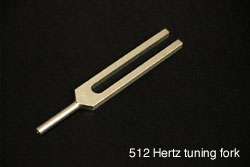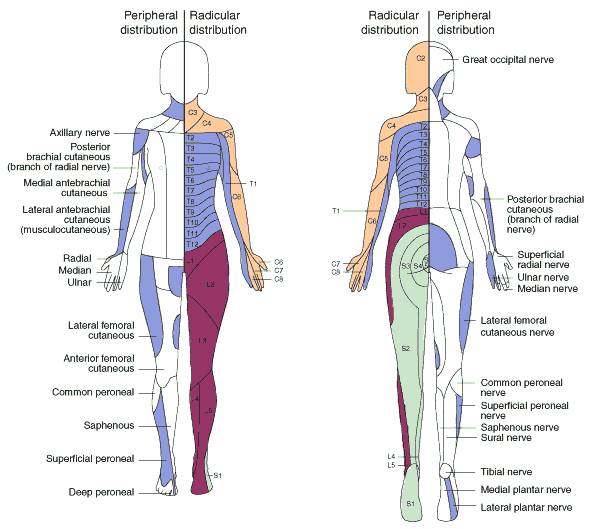Vibration Sense
Examination Technique:
- use a 128 hertz vibration fork
- apply the stimulus over the distal phalanx of the index finger or large toe.
- ask the patient to report whether they feel vibration sense and then to report when it stops in order to assess the minimal threshold to perceive the stimulus.
- compare to your own extremities.


